

![]()
![]()
![]()
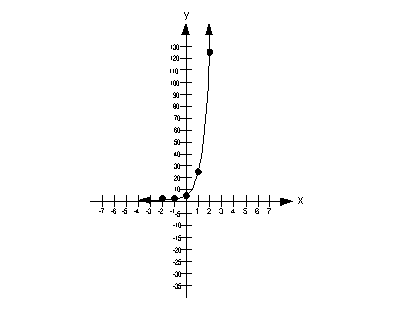
![]()
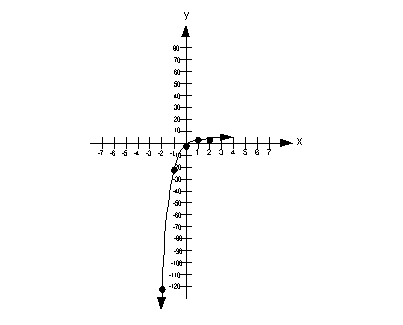
$7500 for 25 years at an annual rate of 4.25% compounded monthly.
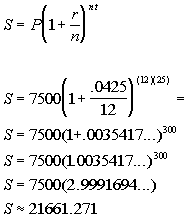
*Plug in values shown above into compound form.
*Find number inside the ( ) first
*Raise the ( ) to the 300th power
*Multiply
The compound amount is the total amount that is in the account. How do you think we are going to get the interest?? Well we have the principle which is the beginning amount and we have the compound amount which is the end result. Looks like, if we take the difference of the two, that will give us how much interest was earned from beginning to end. What do you think?
Compound amount - principle: 21661.27 - 7500 = 14161.27
So our compound interest is $14161.27
$3000 for 20 years at an annual rate of 6% compounded quarterly.
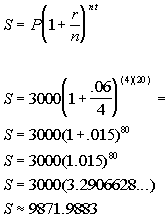
*Plug in values shown above into compound form.
*Find number inside the ( ) first
*Raise the ( ) to the 300th power
*Multiply
The compound amount is the total amount that is in the account. How do you think we are going to get the interest?? Well we have the principle which is the beginning amount and we have the compound amount which is the end result. Looks like, if we take the difference of the two, that will give us how much interest was earned from beginning to end. What do you think?
Compound amount - principle: 9871.99 - 3000 = 6871.99
So our compound interest is $6871.99
$8000 that is compounded continuously for 10 years at an interest rate
of 5.5%.
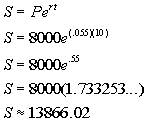
*Raise e to the .55th power
*Multiply
Last revised on March 17, 2011 by Kim Seward.
All contents copyright (C) 2002 - 2011, WTAMU and Kim Seward. All rights reserved.